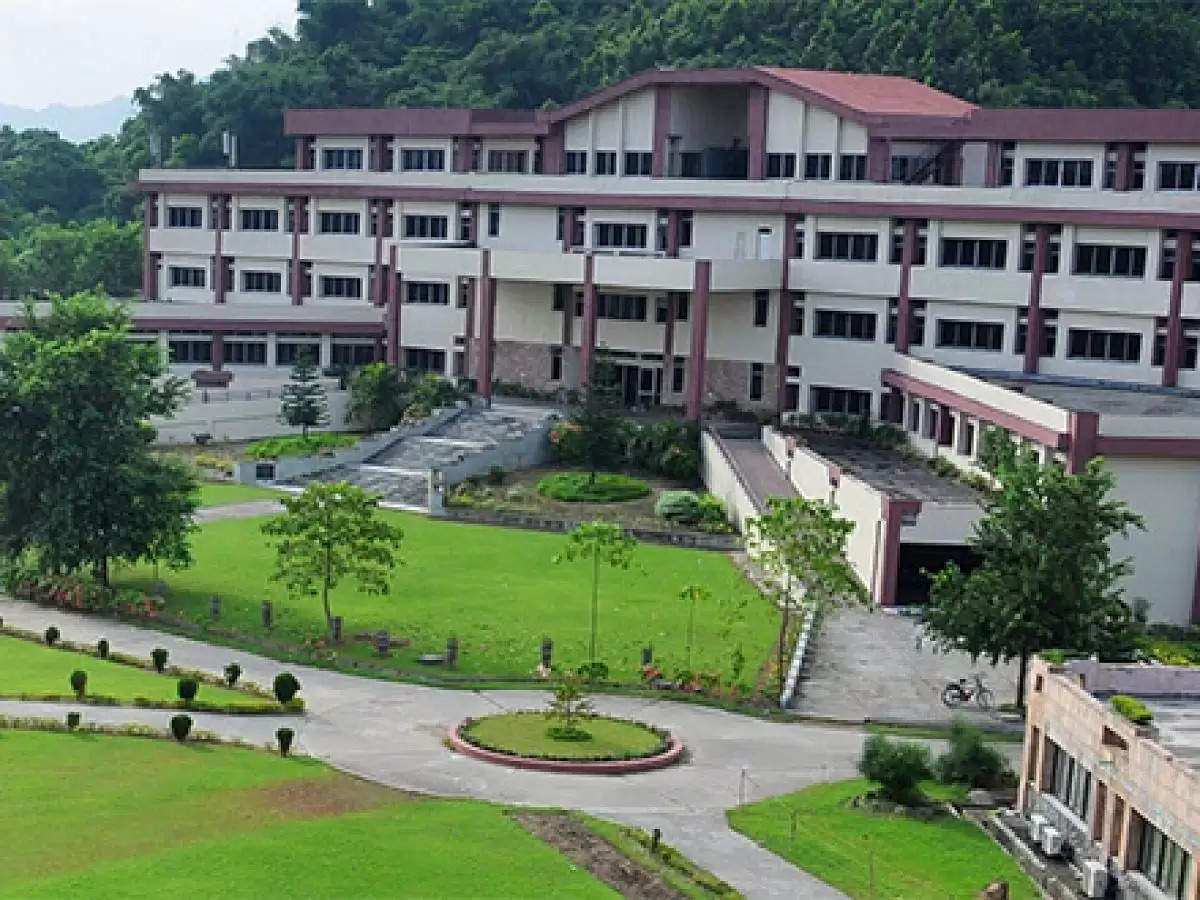Assam: IIT-G develops free-space optical communication system

GUWAHATI:
A research team led by the Indian Institute of Technology, Guwahati (IIT-G) has developed a free-space optical communication system for information transfer.
In free-space communication, data in the form of voice, text or image is transmitted using light wireless rather than through optical fibre and it represents the next generation of communications technology.
The research team was led by IIT Guwahati faculty, Bosanta Ranjan Boruah, Department of Physics, IIT Guwahati and Santanu Konwar, currently an Assistant professor at the Department of Physics, Abhayapuri College.

“The research team demonstrated the distortion-free transmission of text messages and images over a distance of one kilometre even in the presence of turbulence such as during stormy weather. The communication system can thus be used for high speed and secured communication between two individuals located either inside a building or outside,” a statement by IIT-G, said.
The result of this ground breaking work was recently published in Communications Physics, a highly reputed journal belonging to the Nature Publishing Group.
Explaining the technicality of the research, Boruah said, “In our work, the transmission station modulates the phase profile of a laser beam that carries the data, in terms of the strengths of a few Zernike modes. In the process, we also enhance the information content per modulation cycle of the laser beam.”
The past couple of decades have seen phenomenal developments in free-space communication. Most free-space communication systems that have developed so far use a type of light beam called the vortex beam to encode the data. The problem is the use of a vortex beam as it can be distorted by turbulence that may occur in the medium of propagation.

“To overcome this problem, the IIT Guwahati researchers have, for the first time, used orthogonal spatial light modes called Zernike modes to encode the data and to transmit the same robustly in the form of the phase profile of a laser beam,” the statement said.
In this communication system, a unique mechanism has been implemented that can compensate for the effect of atmospheric turbulence so that the user information can be transmitted even through turbulent atmosphere resulting in negligible error at the receiving station.
“In addition to eliminating errors in communication, our system is also insulated from hacking and interloping, because the receiver decodes the transmitted beam by measuring the phase and not the power of the light beam, with prior knowledge about the strength and types of Zernike modes used, which make it more secure than wired and other conventional wireless forms of communication”, said Konwar.
(Edited by Ladiangti Rani)
ALSO READ:
Also Read: NCC Lieutenant Daniel Debbarma and Cadet Puja Roy awarded “DG NCC Commendation Card 2020”

















